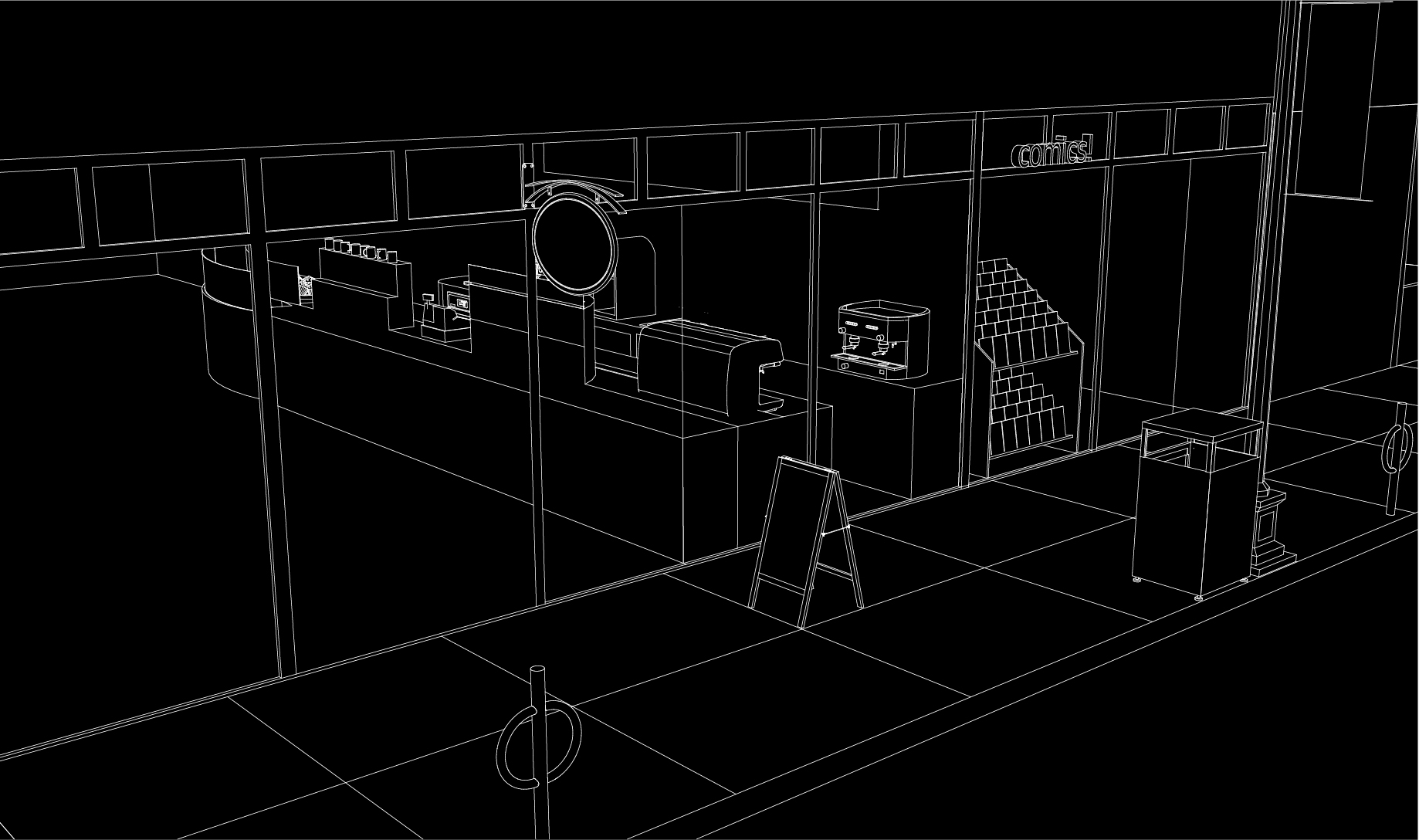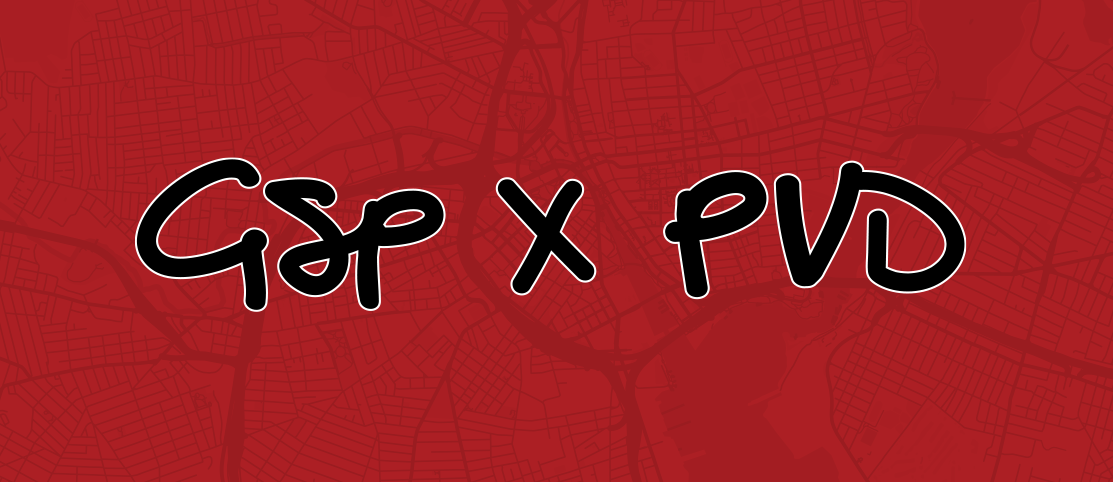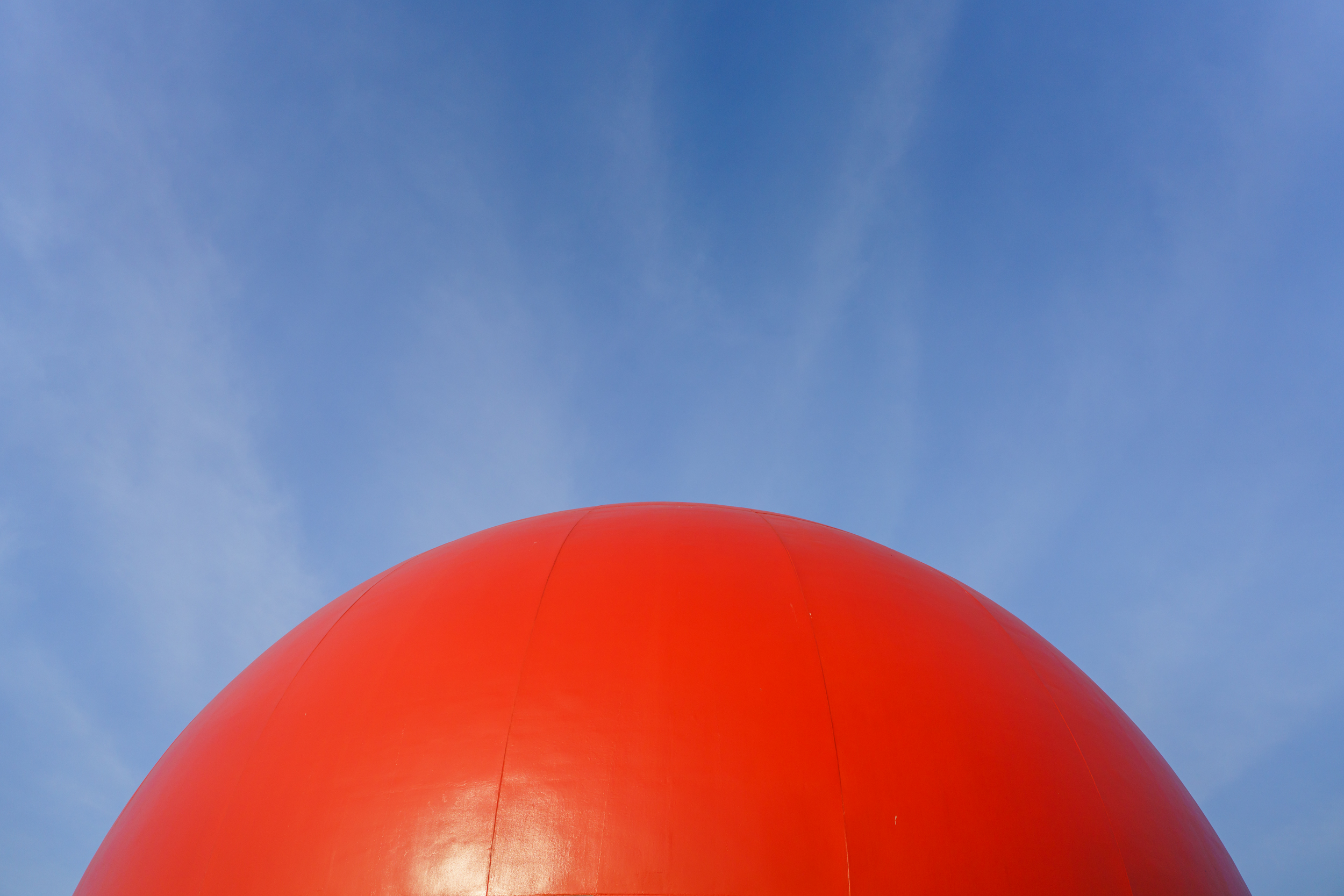Retail Signage
BLADE + IN/ON/ABOVE-WINDOW SIGNAGE
Blade signage increases retailers’ visibility along the street, while signage that sits within the glazing or fenestration increases retailers’ visibility from across the street. Both should be approved/encouraged treatments and detailed in building signage guidelines.
UNIFORM HEIGHT
Create a signage band above the storefront to create consistency along streetscape.
TENANT FIT-OUT ITEM
Each retailer should design and choose their own signage, as this maximizes variety in a streetscape and allows the retailers’ personalities to show through. This adds interest for pedestrians and encourages movement along the street. It can also mitigate against the “campus/corporate feel” that many large developments
struggle with.
ENCOURAGE THE USE OF DIFFERENT COLORS AND MATERIALS
Maintaining some control over a palette of materials makes sense in some cases in order to fit the overall brand of a district, but differing colors, textures, and patterns should be welcomed within
those controls.
AVOID STRICTLY 2D SIGNAGE FLUSH WITH FACADE
Add 3D elements or materials that stand out to make a more interesting and walkable streetscape, with more attention drawn to retailers. If these signs exist, lighting them is essential.
EMBRACE TEMPORARY SIGNAGE
Well-designed sandwich boards and other moveable signs are a good ground-level medium to alert pedestrians that a store exists, or that certain goods or programming can be found inside.




